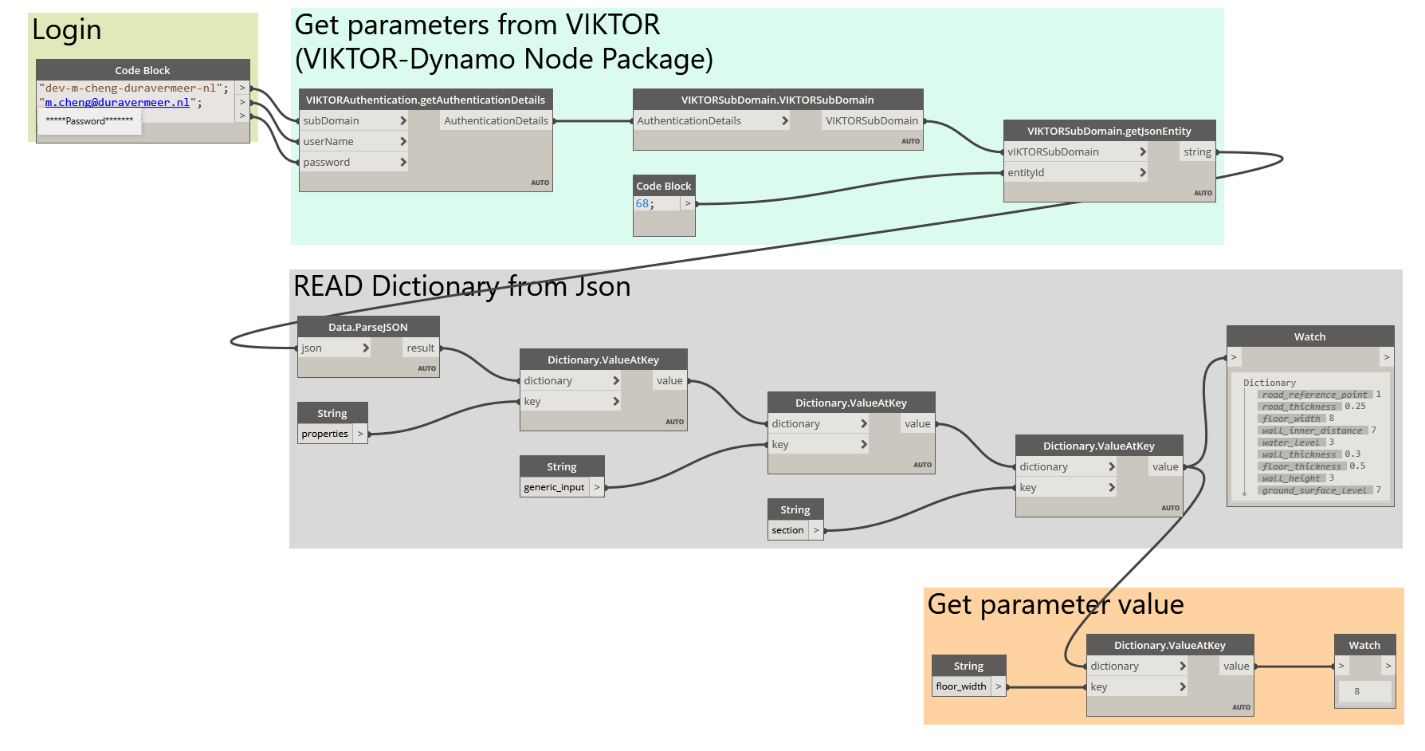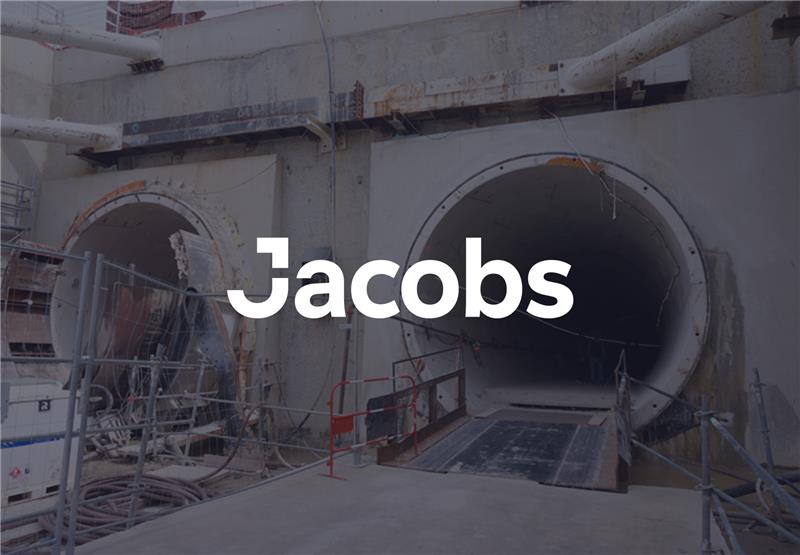
Download the White Paper and get INSPIRED
Learn about trends in digital transformation and how they affect the engineering and construction industry.
Why Dynamo?
People from different disciplines use all kinds of different software programs. Where structural designers make extensive use of BIM and CAD software, such as Autodesk Revit and AutoCAD, road designers use Autodesk Civil3D and Bentley MX Road. The skilled designers amongst us automate their workflows in these packages using Dynamo: By creating Dynamo scripts, manual actions can be automated in structural design software, which saves designers lots of time.
Dura Vermeer’s engineers and technical modellers are among these skilled engineers who are highly acquainted with those software packages and use Dynamo intensively in their design process. Their experience, expertise, and the concept of visual programming enable them to quickly develop models with Dynamo. However, some needs are yet to be covered: The exchange of data and versioning of that data remains challenging.
Why VIKTOR?
Also, although Dynamo is a convenient tool, it has a learning curve: Often only a specialist knows how it works, making other disciplines dependent on the time and resources of these specialized individuals. That’s where VIKTOR comes into play. VIKTOR is a web application development platform for engineers and has a large variety of digital building blocks (like digital LEGO), such as integrations with structural design software. VIKTOR’s web applications provide a central database with version control on the data and offer an intuitive user interface where other disciplines can easily use encapsulated expert knowledge. This is also known as: Democratization of Knowledge.
But the question remains: How do you leverage Dura Vermeer’s existing expertise in Dynamo and VIKTOR’s distribution and data control? The answer: By building an integration between the two! VIKTOR and Dura Vermeer collaborated and developed a Dynamo-VIKTOR node package: Nodes where data can be fetched and pushed from Dynamo to VIKTOR.
Single Source of Truth
In Dura Vermeer's current design process, the exchange of parameters between the different disciplines often takes place via mail or quick hand-drawn sketches. However, this is not foolproof and can become increasingly risky when many versions and alterations are made. By developing a VIKTOR web application that automatically integrates with different design software, Dura Vermeer no longer requires manual output exchanges. Of course, active communication between the different professionals is still needed, but less normative.
Creating Dynamo scripts
The Dynamo-VIKTOR node package consists of several nodes (in Dynamo terms, a node is a visual representation of methods/functions with only input and output). When properly placed, the nodes can perform a task such as establishing a connection between Dynamo and VIKTOR. The following figure shows a representation that makes it possible to acquire the input parameters of an entity from VIKTOR to Dynamo. Other configurations of these nodes can create alternative tasks, such as getting results, getting files and even pushing data to VIKTOR.

By connecting these strings of nodes to other Dynamo nodes, actions and even designs can be automated using the design software. This series of nodes is called a Dynamo script. Once the script is executed, multiple tasks that can be used in Revit will be performed. Since Dynamo is not only supported in Revit, scripts can also be developed for AutoCAD, Civil 3D, Inventor, etc.
Using the Dynamo-VIKTOR node package
The video shows the same Dynamo-VIKTOR node package used in both Revit and Civil 3D. The video shows how the cross-section is manipulated using the parameters given in VIKTOR. No external exchange file is necessary, resulting in a live connection between all disciplines (in this case the structural engineer, road designer and structural modeller) which is practising the single source of truth principle.
Connecting software and knowledge
The collaboration between VIKTOR and Dura Vermeer has made a huge difference regarding the way software is deployed. Not only are software packages connected, but also the knowledge of the professionals. Both parties ended up speaking the same digital language, even though their knowledge backgrounds were so different.
In only one sprint (a two-week development period) the live connection between VIKTOR and the structural design software was explored and finally established. Further development will most likely yield many more functionalities and applications, as all kinds of design software can tap into this single source of truth.
A reusable package for future automation efforts
The Dynamo-VIKTOR node package is a very general utility to exchange data between VIKTOR and Dynamo. It can be linked to any VIKTOR app for which credentials are available and any Dynamo script. That is why this is a digital building block that Dura Vermeer can reuse in their future automation efforts as well. In the long term, VIKTOR can continue to provide digital building blocks that Dura Vermeer can use to realize their vision of becoming the best digital contractor in the Netherlands.
If you are interested or have any questions or remarks about this development, do not hesitate to contact us at: contact@viktor.ai




